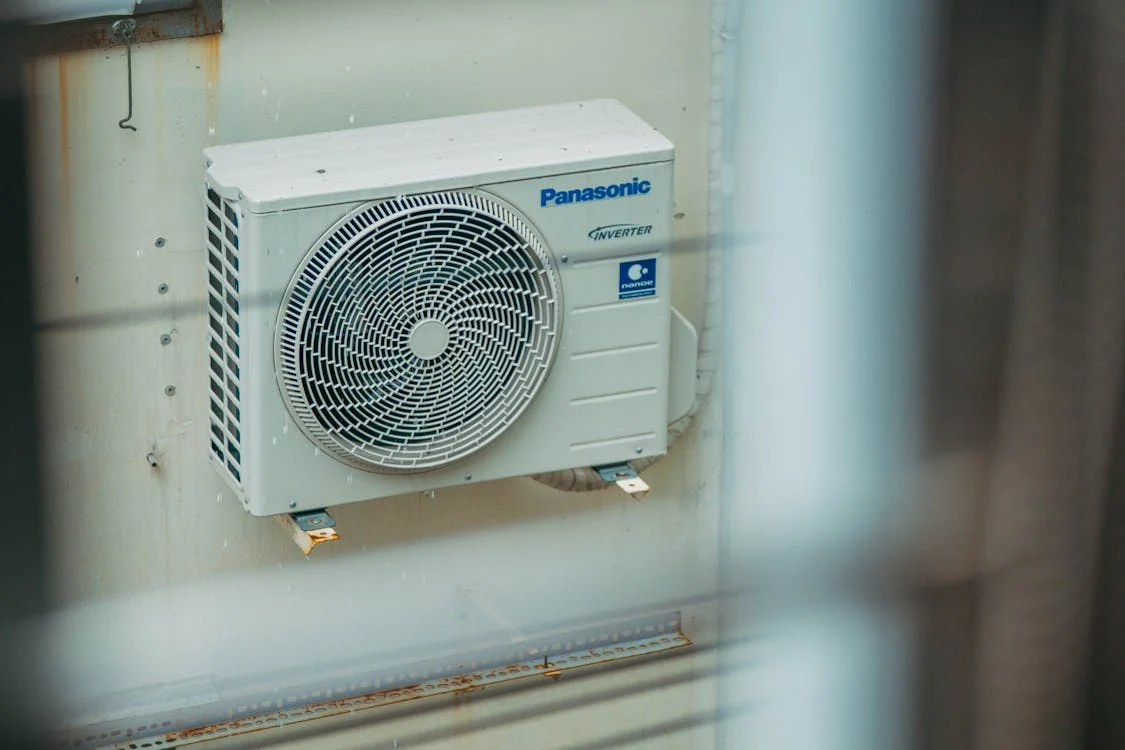
Australians are bracing for another scorching summer, and the heat isn’t the only thing causing concern.
Rising electricity bills are quietly eating into seniors’ budgets, but most people don’t realise the simple mistake that’s making it worse.
What if the way you set your air conditioner is costing hundreds of dollars each season?
With electricity prices jumping up to $228 this year, many seniors are caught between staying cool and staying on budget.
The Bureau of Meteorology has confirmed we’re heading for a ‘hotter-than-normal summer’, making efficient air conditioner use more critical than ever.
The temperature trap that's bleeding your budget dry
The most common culprit draining wallets is surprisingly simple—setting the thermostat too low.
NSW electricity prices now range from 26.40c to 37.27c per kilowatt hour, meaning every degree lower adds money straight out of your pocket.
Utilities expert Mariam Gabaji at Finder explained the ideal temperature: ‘Ideally, you want to set your AC between 24°C to 26°C because every degree lower can add roughly 10 per cent to your energy bills.’
That means running your air conditioner at 20°C instead of 24°C could cost 40 per cent more.
For a household averaging a $500 quarterly bill, that’s an extra $200 every three months.
Many Australians try the ‘quick blast’ method—cranking the AC to 17°C and switching it off until needed.
The CSIRO says this approach backfires: ‘While running it briefly and intermittently at a very cool temperature may feel thrifty, it won’t be the most energy efficient choice.’
‘Every degree lower can add roughly 10 per cent to your energy bills’
Calculate your real running costs
Air conditioning costs between $0.45 to $1.76 per hour depending on the system’s efficiency.
With Queensland households now paying around $2,143 per year, inefficient cooling quickly adds up.
Fans are a far cheaper alternative, costing just $0.24 for an eight-hour day—more than 31 times less than ducted air conditioning.
Smart cooling strategies that protect your budget
Seniors can use smart strategies to protect their budget.
Close blinds and curtains before 10:00 am to stop heat buildup, and use external shading on north and west-facing windows.
Open windows overnight when a breeze comes, but shut them before sunrise.
Seal gaps around doors and windows, and consider door snakes to keep cool air in.
Personal cooling techniques also work—take a cold shower, put your feet in a bucket of cold water, or place a refrigerated damp towel around your neck.
Avoid using heat-generating appliances such as ovens or dryers during peak temperatures.
Gabaji warns against repeatedly turning your air conditioner on and off: ‘On a hot day, it can take the AC time to cool a room, so keeping it on steadily helps the room cool faster and uses less energy.’
Energy-smart cooling checklist
- Set thermostat between 24°C-26°C
- Keep system running steadily rather than switching on/off
- Close blinds before 10am to prevent heat build-up
- Seal gaps around doors and windows
- Use fans to circulate cool air more effectively
- Consider personal cooling methods before using AC
To maximise efficiency, maintain clean filters, focus cooling on occupied rooms, and run air conditioning during peak solar hours if you have solar panels.
Upgrading an old system over 10 years old may pay off within a few summers through energy savings.
For seniors, extreme heat can pose health risks beyond discomfort.
Signs such as dizziness, nausea, rapid heartbeat, or confusion require immediate cooling, regardless of cost.
Assistance is available through energy retailer hardship programs, government concessions for pensioners, and payment plans that reduce bills significantly.
Comparing energy plans annually ensures you’re on the best rate, as standing offers are often more expensive than alternative deals.
With temperatures climbing and energy costs unlikely to fall, using these strategies could save hundreds of dollars over summer.
The difference between running your AC at 20°C versus 25°C could be the difference between a manageable bill and a budget-busting shock.
What This Means For You
Many households often overspend on cooling simply by setting the thermostat too low, thinking it will make the room more comfortable faster, but this can add hundreds of dollars to electricity bills each summer.
The stop-start ‘quick blast’ approach—turning the AC on full power for short periods and then switching it off—is actually less energy efficient than running the system steadily, which not only saves money but keeps your home at a consistent, comfortable temperature.
Using fans and personal cooling methods, such as cold towels or a bucket of cold water for your feet, can dramatically reduce electricity costs while still keeping you cool.
Additionally, energy concessions, hardship programs, and comparing electricity plans can provide extra support and help manage bills effectively, ensuring you don’t have to sacrifice comfort for affordability.
If you found these tips on keeping your air conditioning efficient helpful, there’s more you can do to save on cooling costs.
A simple, seasonal maintenance routine can prevent your system from working harder than it needs to and keep energy bills under control.
Check out this practical guide for a step-by-step approach to maintaining your air conditioner before the heat hits.
Read more: Simple spring clean keeps air con costs from draining retirement funds
Air conditioner mistake Aussies make as temperatures soar adds to energy bills — Discusses how setting air conditioners too low can dramatically increase electricity bills, especially with rising energy costs across Australia.
https://au.lifestyle.yahoo.com/air-...ures-soar-adds-to-energy-bills-022849399.html
Electricity Price Increases & Changes In Australia [September 2025] | Canstar Blue — Outlines the July 2025 changes to Default Market Offers in Queensland, New South Wales, and South Australia, resulting in electricity price rises up to $228 a year.
https://www.canstarblue.com.au/electricity/electricity-price-changes/
2025 Cost of Electricity per kWh: State-by-State Breakdown | EcoFlow US — Provides a breakdown of electricity costs per kilowatt hour across Australia, noting that New South Wales ranges from 26.40c/kWh to 37.27c/kWh.
https://www.ecoflow.com/au/blog/cost-of-electricity-per-kwh
Average Electricity Cost Per kWh In Australia | Canstar — Reports that average household electricity costs in Queensland are around $2,143 per year based on general usage.
https://www.canstar.com.au/energy/electricity-costs-kwh/
The Australian Energy Regulator releases new default electricity prices | energy.gov.au — Highlights that residential consumers will see increases ranging from 0.5% to 9.7% depending on usage and location, and that shopping around can result in savings compared to standing offers.
https://www.energy.gov.au/news/australian-energy-regulator-releases-new-default-electricity-prices
Have you noticed a big difference in your electricity bills since the recent price rises, and what cooling strategies work best in your home?







